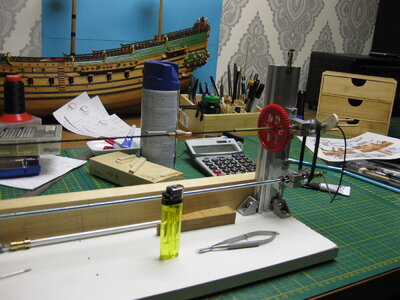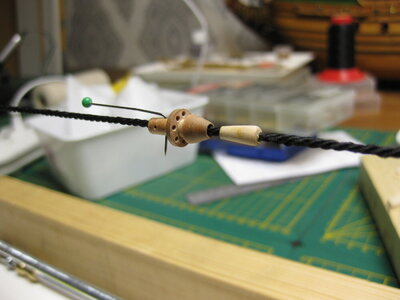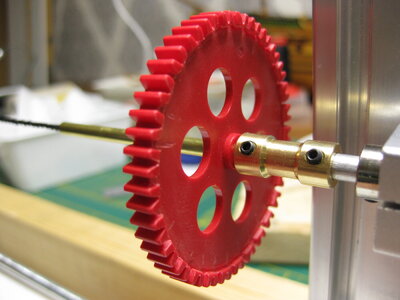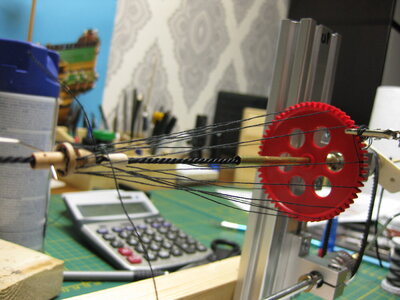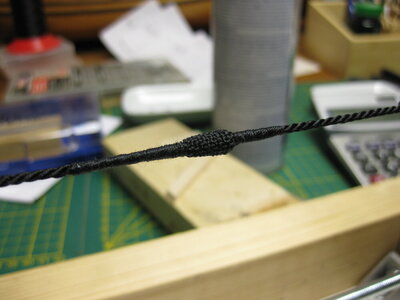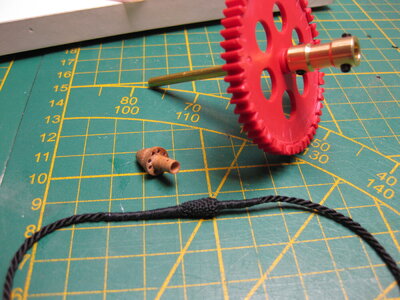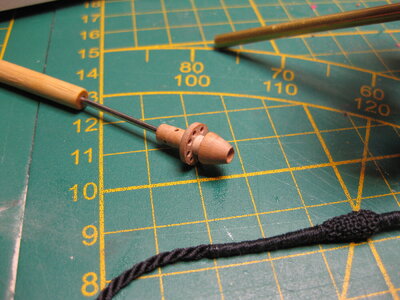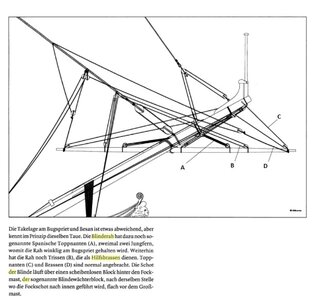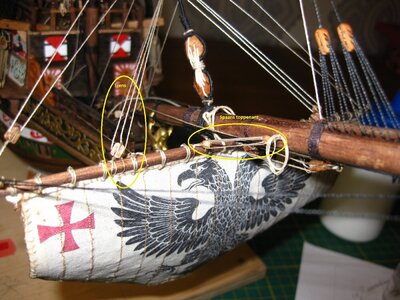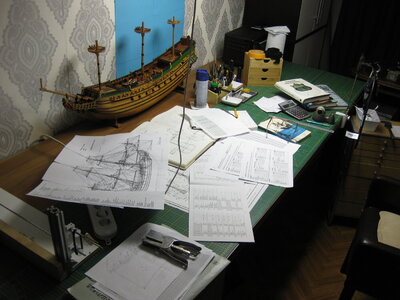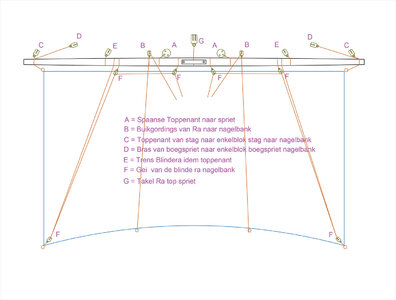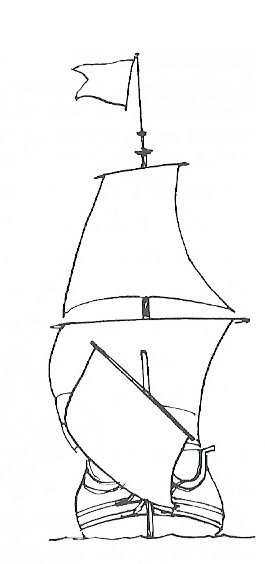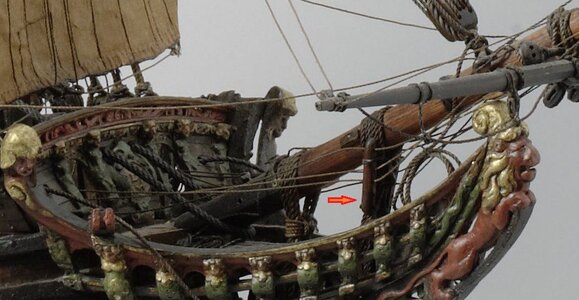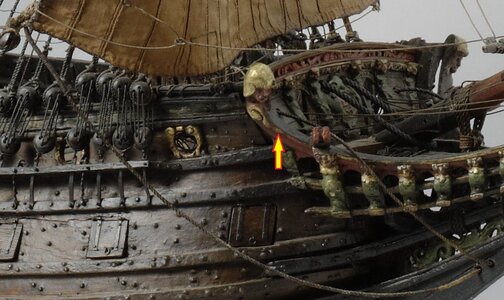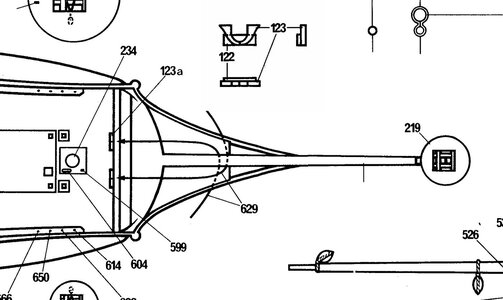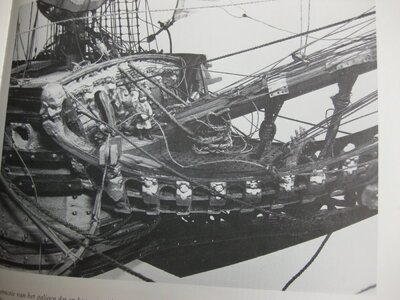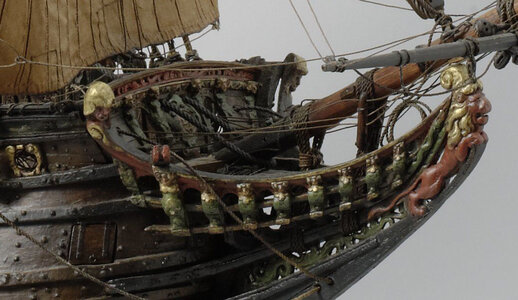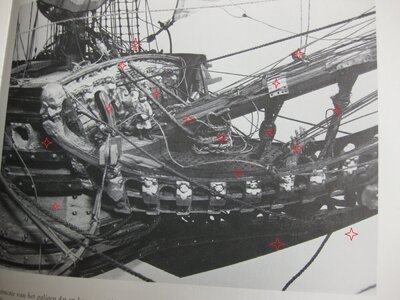- Joined
- Aug 8, 2019
- Messages
- 5,546
- Points
- 738

The 360 tour I did see before. Love that. The pictures are great, never seen them. I wish I could visited the ship. Maybe in the future. My healt doesn't allow to drive more than an hour. Hope it will be better in a year.Hello Steff. Very nicely made wrapped and unwrapped blocks!!
As Mati suggested, here is a link to photos of a replica of Batavia. Informative ..
Photos replica VOC ship Batavia 1628
www.modelships.de
And here I found an interactive tour on board Batavia ..

On the deck of Batavia ship, Lelystad, the Netherlands 360 Panorama | 360Cities
360° panorama photo from Netherlands by Vil Muhametshin. Batavia was a ship of the Dutch East India Company (VOC). She was built in Amsterdam in 1628, ...www.360cities.net
It is 5½ hour 2 way drive from the place where I live.




